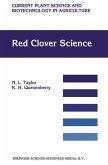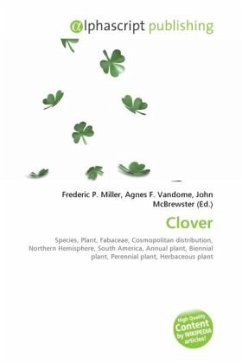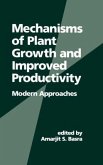Two field experiments were performed at the Experimental Station, Faculty of Agriculture, Mansoura University during 2000/2001 and 2001/2002 seasons.This investigation was aimed to study the effect of seeding rates and cutting schedules treatments on the productivity and quality of forage of Egyptian clover.Egyptian clover variety Miskawi Giza 6 was used in this study during the two seasons. Miskawi variety was developed by selection from the local varieties, which is a basal branching type that can be cut five to six times during the growing season. The normal cultural practices for growing Egyptian clover in Dakahlia Gavornorate were followed, the soil was prepared and seeds were scouting in water about 12 hours then seeds were broadcasted at each plot.From obtained results it could be concluded that for maximizing forage yield of Egyptian clover sowing Giza 6 cultivar at seeding rate of 30 kg seed/fed and cutting plants at 50 cm height. Moreover, for maximizing forage quality of Egyptian clover with sown 30 kg seed/fed and cutting at 30 cm height under the environmental conditions of Dakahlia Governorate.
Bitte wählen Sie Ihr Anliegen aus.
Rechnungen
Retourenschein anfordern
Bestellstatus
Storno








